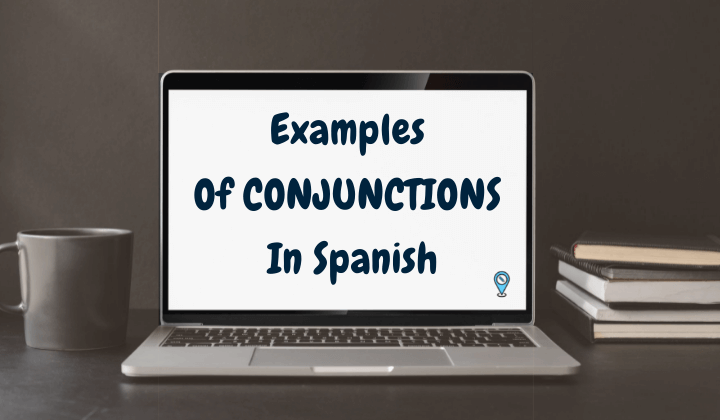
First of all, what are conjunctions?
A conjunction is a word that is used to link other words or sentences. As their name indicates, they serve to “conjunct”, that is, to combine or join two things.Example: Mario y Luisa are getting married today.
Conjunctions are characterized in two ways:
Invariables: They do not allow change of number and/or gender.
Unaccented: They do not have an accent.
Types of Conjunctions in Spanish:
Depending on the type of link they make, they’re two types of conjunctions:
COORDINATING CONJUNCTIONS:
They link words or sentences without establishing a hierarchy. That is, without one of the coordinated members depending on the other. They match words or sentences of the same syntactic category:Compré tomates y lechuga
(the conjunction “y” joins two nouns) I bought oranges and lettuce.1. Copulative Conjunctions (Conjunciones Copulativas)
They indicate accumulation or sum of two or more homogeneous elements
(y, e, ni, que)2. Disjunctive Conjunctions (Conjunciones Disyuntivas)
They indicate alternation between the linked options:
(o, u)3. Adversative Conjunctions (Conjunciones Adversativas)
They oppose two propositions, so that one corrects the other:
(pero, aunque (cuando equivale a «pero»), mas, sin embargo, no obstante, sino)4. Distributive Conjunctions (Conjunciones Distributivas)
They are used to introduce alternation:
(ya…ya, bien…bien, sea…sea)
SUBORDINATING CONJUNCTIONS:
They establish a hierarchy between the elements they link. In this way, sentences of different syntactic categories are related, one being subordinate to the other. The element before the conjunction is considered the main, and the one after, the subordinate:
Me dijo que tenía algo que decirme.
(He told me that he had something to tell me.)1. Causal Conjunctions (Conjunciones Causales): They indicate the cause or reason for the one expressed in the main proposition
(porque, pues, puesto que, ya que)2. Comparative Conjunctions (Conjunciones Comparativas): They establish a comparison between two propositions
(como, más que, menos que, igual que, tal como)3. Conditional Conjunctions (Conjunciones Condicionales): They indicate a condition for the fulfillment (or not) of what is indicated in the main proposition
(si, con tal que, a menos que, siempre que)4. Concessive Conjunctions (Conjunciones Concesivas): They indicate a difficulty, which in any way does not prevent the main proposition from being fulfilled (aunque, a pesar de que, por más que)
5. Consecutive Conjunction (Conjunciones Consecutivas): They are used to express the consequence between one proposition and the other (luego, así que, tanto que, conque, de manera que)
6. Final Conjunctions (Conjunciones Finales): They indicate the purpose or objective of what is expressed in the main proposition (para que, a fin de que)
7. Temporary Conjunctions (Conjunciones Temporales): They establish a temporary relationship between the propositions (cuando, mientras, apenas, en cuanto, antes de que)
Remember!
It is very useful to learn some phrases in Spanish to be able to explain how your day has been to someone. Try to put phrases and sentences together to tell what a normal day is like in your life. Describe your daily routine in Spanish to your friends and teacher for practice!